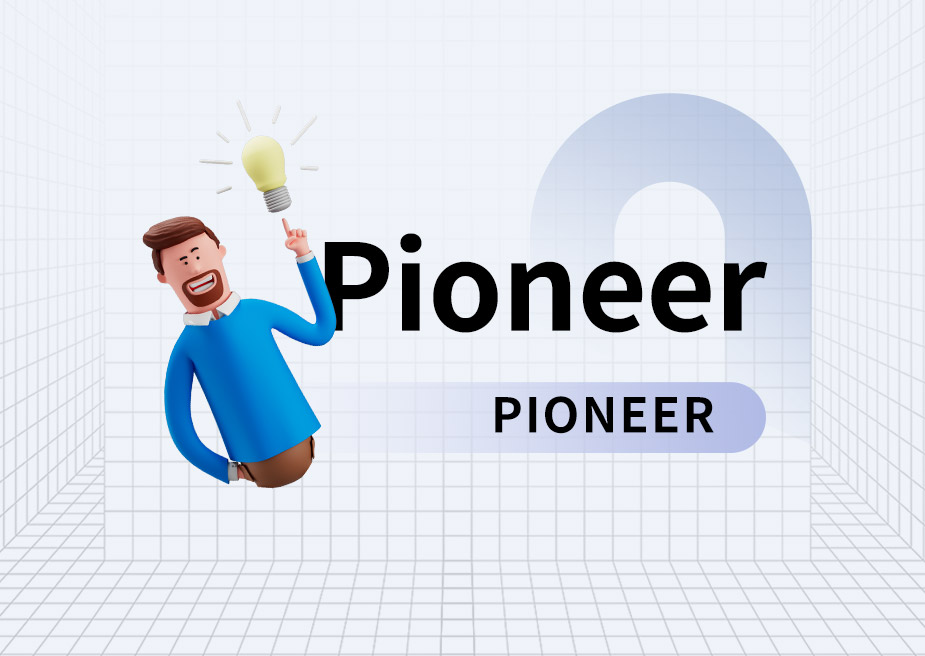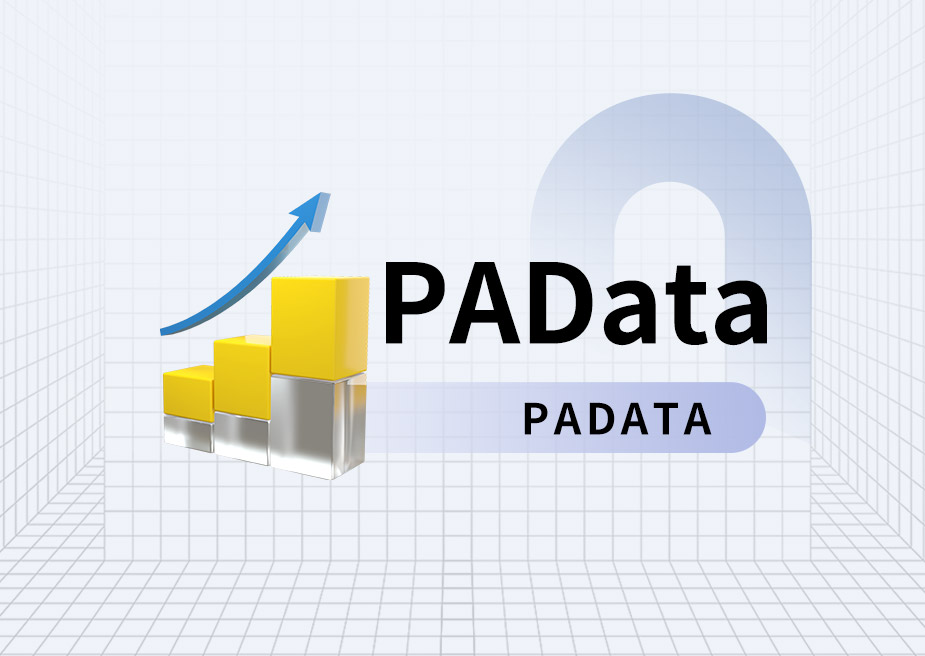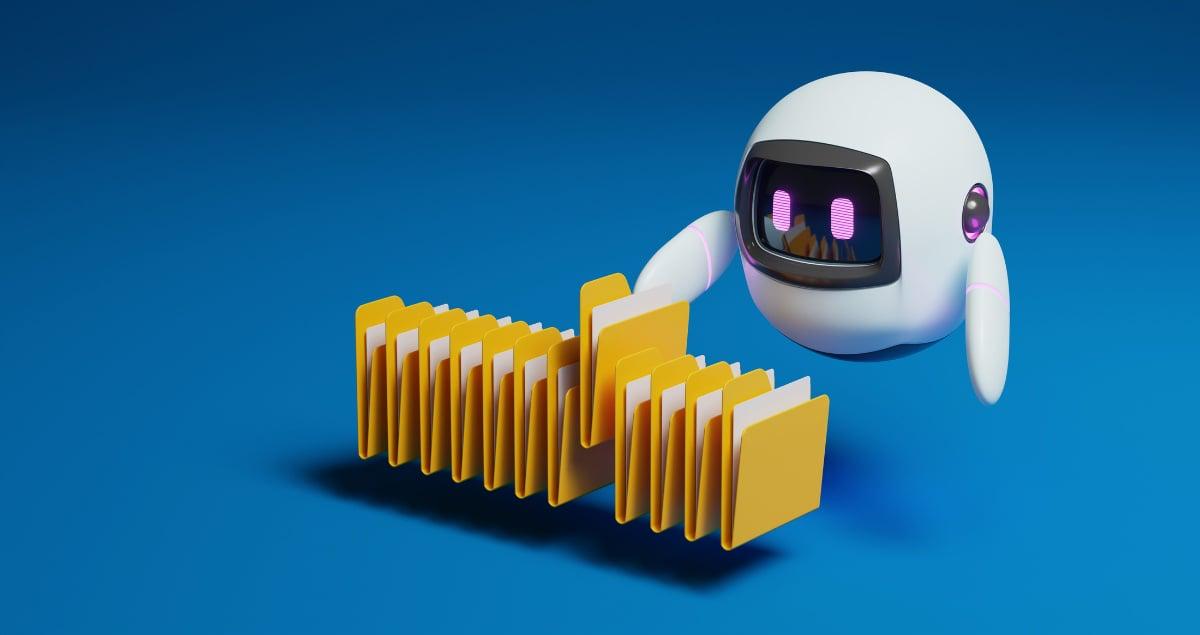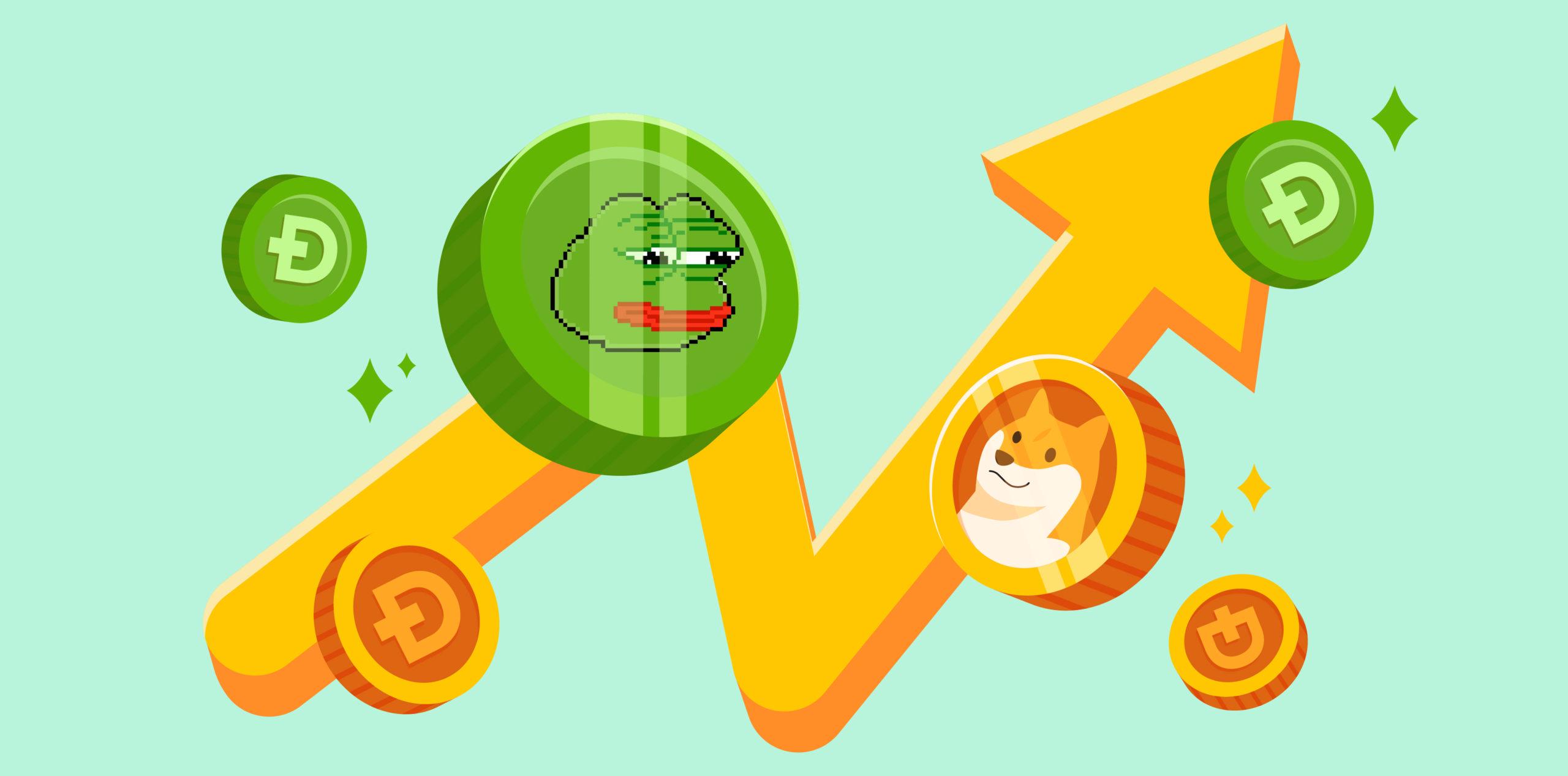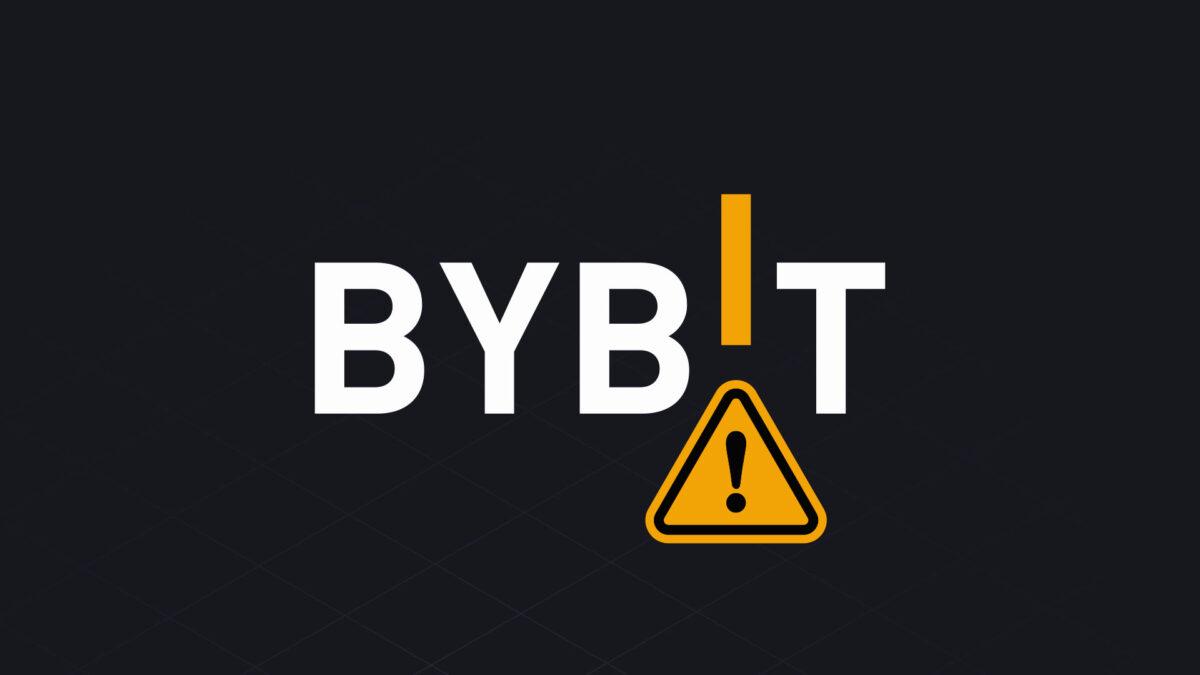文章原名 |A few of the things we’re excited about in crypto (2025)
翻译 | IRIS
总结|本文探讨了区块链技术、人工智能(AI)与去中心化系统的深度融合,并对2025年的关键趋势进行了预测。以下是主要内容:
1. AI的自主代理能力
-
AI钱包:AI代理需要拥有自主钱包和签名密钥,以独立参与市场活动并管理加密资产。未来,这将催生新用例,如AI运行去中心化物理基础设施网络(DePIN)或管理其专属区块链。
-
去中心化自主聊天机器人(DACs):DACs是基于可信执行环境(TEE)运行的独立聊天机器人,可自主生成内容、管理资产并通过加密技术证明其独立性。这类机器人可能成为首批真正自主的高价值网络实体。
2. 身份验证的重要性
-
随着AI生成内容的泛滥,隐私保护的“身份证明”系统变得尤为重要,以确保数字交互的真实性。这不仅提高了攻击成本,还增强了网络的完整性和信任度。
3. 去中心化治理的新形式
-
Liquid民主:通过区块链技术实现的Liquid民主将改变在线和线下治理模式,允许人们直接投票或委托投票。这一模式在地方治理中有望实现低成本试点。
4. 区块链技术的新应用
-
企业采用稳定币:稳定币因其低成本和快速支付功能正在成为企业支付的主流选择,尤其是中小企业和零售行业。未来,大型企业也可能采用这一支付方式,直接提升利润率。
-
链上政府债券:政府将探索在区块链上发行政府债券,这不仅提供了基于利息的数字资产,还为去中心化金融(DeFi)生态提供更多的抵押品。
-
资产代币化:随着区块链基础设施成本下降,非传统资产的代币化(如生物数据、医学数据等)将成为新的收入来源,进一步推动去中心化经济。
5. 去中心化组织的法律框架
-
DUNA(去中心化非营利性协会)为DAO(去中心化自治组织)提供了法律地位,特别是在美国,其有助于加强项目的经济活动、合规性管理以及保护代币持有者的权益。
6. 用户体验和基础设施优化
-
简化区块链技术是吸引主流用户的关键。通过设计更直观的界面和专用的加密应用商店,行业正努力将被动的加密资产持有者转化为活跃用户。
-
开发者将更多采用现成的区块链基础设施,而不是从头打造,从而加速产品开发,聚焦用户体验。
7. 区块链应用的扩展
-
预测市场在2024年展现了其潜力,未来可能会进化为更高级的信息聚合工具,用于治理、金融和社区决策等领域。
-
Web3的“杀手级应用”可能会通过隐藏技术复杂性,实现与用户的无缝交互,类似Spotify如何简化音乐流媒体体验。
本文为未来AI与区块链技术的交汇提供了丰富视角,强调了在推动技术创新的同时,平衡监管与责任的重要性。这一趋势将为技术与社会的深度融合铺平道路。以下是a16z文章的完整内容:
2025年我们对加密行业最期待的几件事
编者按:a16z 发布了其全面的“大思想”清单,这些思想可能是科技建设者在未来一年中需要解决的问题,涵盖了 AI、美国动力学、生物/健康、加密、企业、金融科技、游戏、基础设施等领域的合作伙伴的见解。下面是一份简短的列表,展示了 a16z 各位加密领域合作伙伴对即将到来的事物的兴奋之处。
人工智能需要拥有自己的钱包以实现主体性行为
随着人工智能从非玩家角色(NPC)转变为主角,它们将开始作为代理行动。然而,直到最近,人工智能还没有能够真正主体性地行动。它们仍然无法以可验证的自主方式(即非人类控制)参与市场——交换价值、表达偏好、协调资源。
正如我们所见,像@truth_terminal这样的AI代理可以使用加密货币进行交易,这为各种创意内容机会打开了大门。但AI代理变得更有用的潜力还远不止于此——无论是在满足人类意图方面,还是成为独立的网络参与者方面。随着人工智能代理网络开始自行保管自己的加密钱包、签名密钥和加密资产,我们将看到有趣的新用例浮现。这些用例包括AI操作或验证去中心化物理基础设施网络(DePIN)中的节点——例如,帮助分布式能源。其他用例范围从AI代理成为真正的、高价值的游戏玩家。我们甚至可能最终看到第一个由AI拥有和运营的区块链。
—Carra Wu
@carrawu on Twitter | @carra on Farcaster
输入“去中心化自治聊天机器人”
除了拥有钱包的人工智能外,还有一个运行在TEE(可信执行环境)中的AI聊天机器人。TEE提供了一个隔离的环境,应用程序可以在其中执行,允许更安全的分布式系统设计。但在这种情况下,TEE被用来证明机器人是自治的,不受人类操作者控制。
进一步扩展这个概念,下一个重大创意将是我们所说的去中心化自治聊天机器人(DAC,不要与去中心化自治公司混淆)。这样的聊天机器人可以通过发布吸引人的内容,无论是娱乐性的还是信息性的,来建立自己的追随者群体。它将在去中心化社交媒体上建立追随者;通过各种方式从观众那里获得收入;并用加密货币管理其资产。相关的密钥将在也运行聊天机器人软件的TEE中管理——这意味着除了该软件之外,没有人可以访问这些密钥。
随着风险的发展,可能需要监管护栏。但这里的关键点是去中心化:在一个无需许可的节点集上运行,并由共识协议协调,这个聊天机器人甚至可能成为第一个真正自主的十亿美元实体。
—Dan Boneh, Karma, Daejun Park, 和 Daren Matsuoka
@danboneh on Twitter
@0xkarmacoma on Twitter | @karma on Farcaster
@daejunpark on Twitter
@darenmatsuoka on Twitter | @darenmatsuoka on Farcaster
随着越来越多的人使用人工智能,我们需要独特的人格证明
在一个充斥着在线冒充、诈骗、多重身份、深度伪造以及其他逼真但具有欺骗性的AI生成内容的世界中,我们需要“人格证明”——某种帮助我们确认我们正在与一个真实人类互动的方式。然而,新问题并不是假内容;新的是现在能以更低的成本生产这些内容。人工智能极大地降低了生产包含我们用来判断事物“真实性”的所有线索的内容的边际成本。
因此,现在比以往任何时候都更需要方法来将内容与人进行数字链接,且要保证隐私。“人格证明” 是建立数字身份的一个重要组成部分。但在这里,它成为一个机制,增加了攻击个人或破坏网络完整性的边际成本:为人类获取一个独特的ID是免费的,但对AI来说却是昂贵且困难的。
这就是为什么保护隐私的“独特性”是构建我们可以信赖的网络的下一个大想法。解决的不仅仅是证明人格,它从根本上改变了恶意行为者攻击的成本结构。因此,“独特性属性”——或防塞伯尔攻击——是任何人格证明系统的不可谈判的属性。
—Eddy Lazzarin
@eddylazzarin on Twitter | @eddy on Farcaster
从预测市场到更好的信息聚合机制
预测市场在2024年的美国选举中首次登上主舞台,但作为一名研究市场设计的经济学家,我认为2025年并非预测市场本身将带来变革。相反,预测市场为更多基于分布式技术的信息聚合机制奠定了基础——这些机制可以应用于从社区治理和传感器网络到金融等多个领域。
去年证明了这一概念,但请注意,预测市场本身并不总是一种很好的信息聚合方式:即使对于全球性的“宏观”事件,它们也可能是不可靠的;对于更“微观”的问题,预测池可能过小,无法获得有意义的信号。但研究人员和技术专家拥有数十年的设计框架,用于激励人们在不同的信息环境中(真实地)分享他们所知道的内容——从数据定价和购买机制,到用于诱导主观评估的“贝叶斯真理血清”——其中许多已经在加密项目中得到应用。
区块链天生适合实施这类机制——不仅因为它们是去中心化的,而且因为它们促进了开放、可审计的激励机制。重要的是,区块链还使输出结果公开,因此结果可以由所有人实时解读。
—Scott Duke Kominers
@skominers on Farcaster | on Twitter
企业将日益接受稳定币作为支付方式
在过去一年中,稳定币找到了产品市场契合点——这并不令人意外,因为它们是发送美元的最便宜方式,使全球支付变得快速。稳定币还为创业者提供了更易于接触的平台来构建新的支付产品:没有门槛、最低余额要求或专有的软件开发套件。但大型企业尚未意识到通过切换到这些支付轨道可以获得的大幅成本节约和新的利润空间。
虽然我们看到一些企业对稳定币感兴趣(并在点对点支付中进行了早期采用),但我预计在2025年将看到更大的实验浪潮。拥有强大品牌、固定受众和痛苦支付成本的中小企业——如餐馆、咖啡店、街角商店——将是第一批从信用卡转换过来的。他们没有从信用卡欺诈保护中受益(考虑到面对面交易),并且交易费用(每杯咖啡30美分)也是他们最受伤的地方(这是很大一部分的利润损失)。
我们也应该预计大型企业也会采用稳定币。如果稳定币真的在银行历史上迅速发展,那么企业将尝试去中介化支付提供商——直接为他们的底线增加2%。企业还将开始寻找解决信用卡公司当前解决的问题的新方案,如欺诈保护和身份验证。
—Sam Broner
@sambroner | @sambroner
各国探索将政府债券上链
将政府债券上链将创造一种由政府支持、可产生利息的数字资产——而无需中央银行数字货币(CBDC)的监控担忧。这些产品可能会为去中心化金融(DeFi)借贷和衍生品协议中的抵押使用解锁新的需求来源,从而为这些生态系统增加进一步的完整性和健全性。
因此,随着全球各个支持创新的政府进一步探索公共、无需许可和不可撤销的区块链的好处和效率,一些国家可能会尝试在链上发行政府债券。例如,英国已通过其金融监管机构FCA(金融行为监管局)探索数字证券,并通过沙盒环境;其财政部/国库也已表达了发行数字礼品的兴趣。
在美国,鉴于美国证券交易委员会(SEC)计划要求通过传统的、繁重的、成本高昂的基础设施来清算国库券,预计未来将有更多关于区块链如何提高债券交易的透明度、效率和参与度的讨论。
—Brian Quintenz
@brianquintenz on Twitter | @brianq on Farcaster
我们将看到美国区块链网络对“DUNA”新行业标准的更广泛采用
在2024年,怀俄明州通过了一项新法律,将DAO(去中心化自治组织)认定为法人实体。DUNA或“去中心化非注册非营利组织”是专为实现区块链网络的去中心化治理而设计的,并且是美国项目的唯一可行结构。通过将DUNA纳入去中心化的法人实体结构中,加密项目和其他去中心化社区可以为其DAOs提供法律合法性——促进更大的经济活动,同时为代币持有者提供责任隔离,并管理税务和合规需求。
DAOs —— 管理开放区块链网络事务的社区 —— 是确保网络保持开放、不歧视以及不不公平获取价值的必要工具。DUNA可以释放DAOs的潜力,目前已有几个项目正在实施中。随着美国预备在2025年为其加密生态系统培育和加速进展,我预计DUNA将成为美国项目的一个标准。我们也预期其他州将采用类似结构(怀俄明州带头;他们也是最早采用如今普遍使用的LLC的州)……特别是随着其他去中心化应用(如用于物理基础设施/能源网)的兴起。
—Miles Jennings
@milesjennings on Twitter | @milesjennings on Farcaster
线上Liquid民主走向线下
随着人们对当前治理和投票系统越来越不满意,现在出现了一个试验新的、技术支持的治理机会的窗口——不仅仅是在线上,而且在物理世界中。我之前写过,DAOs和其他去中心化社区是如何允许我们在大规模下研究政治机构、行为和快速发展的治理实验的。但是,如果我们能将这些学习应用到通过区块链的物理世界治理中会怎样呢?
我们最终可以使用区块链来进行安全、私密的选举投票,从低风险试点开始以限制网络安全和审计问题。但重要的是,区块链还将允许我们在地方层面试验“Liquid民主”——一种人们可以直接对议题投票或委托投票的方式。这个想法最初是由刘易斯·卡罗尔(《爱丽丝梦游仙境》的作者,同时也是投票系统的多产研究者)提出的;然而,它在大规模上是不切实际的……直到现在。计算和连接性的最新进展以及区块链,使得新形式的代表民主成为可能。加密项目已经在应用这一概念,产生了大量关于这些系统工作原理的数据——请查看我们最近研究的结果——当地政府和社区可以借鉴这些数据。
—Andrew Hall
@ahall_research on Twitter | on Farcaster
建设者们将复用而非重新发明基础设施
去年,团队们在区块链技术栈中继续重新发明轮子——又是一个新的验证器集合,共识协议实现,执行引擎,编程语言,RPC API。这些成果在专门功能上有时略有提升,但往往在更广泛或基础功能上缺乏表现。例如,针对SNARKs的专用编程语言:虽然理想的实现可能让理想的开发者生产出更高效的SNARKs,但在实践中可能无法达到通用语言(至少目前如此)在编译器优化、开发工具、在线学习材料、AI编程支持等方面的表现,甚至可能导致SNARKs的性能下降。
因此,我预计更多团队将在2025年利用他人的贡献,重用更多现成的区块链基础设施组件——从共识协议到现有的投入资本再到证明系统。这种方法不仅将帮助建设者节省大量时间和精力,还将使他们能够无情地专注于其产品/服务的差异化价值。
基础设施终于到位,可以构建准备就绪的web3产品和服务。正如其他行业一样,这些将由能够成功导航复杂供应链的团队构建,而不是那些对“非自家发明”一概不屑的团队。
—Joachim Neu
@jneu_net on Twitter
加密公司将从终端用户体验出发,而不是让基础设施决定用户体验
尽管区块链技术基础设施引人入胜且多样化,但许多加密公司不仅仅是选择它们的基础设施——在某些方面,基础设施也在为它们乃至它们的用户选择用户体验(UX)。这是因为基础设施层面的特定技术选择直接与区块链产品/服务的最终用户体验有关。
但我相信,行业将克服这里隐含的意识形态障碍:技术应该决定最终的用户体验,而不是反过来。到2025年,更多的加密产品设计师将从他们想要的终端用户体验开始,然后再从那里选择合适的基础设施。加密初创企业不再需要在找到产品市场契合度之前过分侧重于特定的基础设施决策——他们可以专注于真正寻找产品市场契合度。
我们可以抽象出这些选择,采用全面的、全栈的、即插即用的方法,而不是陷入具体的EIPs、钱包提供商、意图架构等。行业已经为此做好准备:可编程的区块空间充足,开发者工具日趋成熟,链的抽象开始使设计加密产品的人群民主化。大多数技术终端用户不关心产品每天使用的语言是什么。加密领域也将开始出现同样的情况。
—Mason Hall
@0xMasonH on Twitter | @mason on Farcaster
“隐藏线路”助力Web3的杀手级应用诞生
区块链的技术超能力是其特殊性的体现,但到目前为止,这也阻碍了其主流的采用。对于创作者和粉丝来说,区块链解锁了连通性、所有权和货币化的可能性……但行业内部的行话(如“NFTs”、“zkRollups”等)和复杂的设计为最能从这些技术中受益的人设置了障碍。我在与媒体、音乐和时尚行业的高管进行的无数对话中亲眼目睹了这一点。
许多消费技术的大规模采用都遵循了这样的路径:从技术开始;一些标志性的公司/设计师抽象掉复杂性;此举帮助解锁了一些突破性的应用。想想电子邮件的起点——SMTP协议隐藏在“发送”按钮背后;或是信用卡,如今大多数用户不再考虑支付轨道。同样,Spotify革新了音乐界,不是通过炫耀文件格式——而是通过将歌曲播放列表交到我们的指尖。正如纳西姆·塔勒布所观察的,“过度工程造成脆弱。简单才能扩展。”
这就是为什么我认为我们的行业将在2025年采纳这种精神:“隐藏线路”。最好的去中心化应用已经开始关注更直观的界面,使其像触摸屏幕或刷卡一样简单。到2025年,我们将看到更多的公司进行简单设计和清晰沟通;成功的产品不需要解释;它们解决问题。
—Chris Lyons
@chrislyons on Twitter | on Farcaster
加密行业终于有了自己的应用商店和发现平台
当加密应用在像苹果应用商店或谷歌播放这样的中心化平台上被阻挡时,它限制了它们的用户获取渠道。但我们现在看到新的应用商店和市场提供了这种分发和发现服务,并且没有设限。例如,Worldcoin的World App市场——不仅存储了人格证明,还允许访问“迷你应用”——在短短几天内就为几个应用启用了成千上万的用户。另一个例子是为Solana手机用户提供的无费用dApp商店。这些例子还展示了硬件(不仅仅是软件——手机、球体)可能是加密应用商店的关键优势……就像苹果设备对早期应用生态系统的重要性一样。
与此同时,还有其他商店拥有数千个去中心化应用和web3开发工具,覆盖流行的区块链生态系统(例如,Alchemy);以及充当游戏发布者和分发者的区块链(参考Ronin)。然而,并非都是乐趣和游戏:如果一个产品已经有了现有的分发渠道——比如在消息应用上——很难将其迁移到链上(例外:Telegram/TON网络)。对于那些在web2上有显著分发的应用也是如此。但我们可能会在2025年看到更多这样的迁移活动。
—Maggie Hsu
@meigga on Twitter | @maggiehsu on Farcaster
加密货币拥有者成为加密货币使用者
在2024年,加密货币作为一个政治运动见证了重大发展,关键的政策制定者和政治家对其持积极态度。我们还看到它作为一个金融运动的发展(例如比特币和以太坊ETP扩大了投资者的访问途径)。到2025年,加密货币应该进一步作为一种计算运动发展。但这些新用户从何而来?
我认为现在是时候重新吸引当前的“被动”加密货币持有者,并将他们转变为更活跃的用户,因为只有5-10%的拥有加密货币的人在积极使用加密货币。我们可以将已经拥有加密货币的6.17亿人引入链上——特别是随着区块链基础设施的持续改进,用户的交易费用正在降低。这意味着新的应用将开始为现有和新用户出现。同时,我们已经看到的早期应用——如稳定币、DeFi、NFT、游戏、社交、DePIN、DAO和预测市场——也开始对主流用户更加可访问,因为社区更加专注于用户体验和其他改进。
—Daren Matsuoka
@darenmatsuoka on Twitter | on Farcaster
各行各业可能开始对“非传统”资产进行代币化
随着加密行业和其他新兴技术基础设施的日益成熟,代币化资产的做法将在各个行业广泛传播。这将允许之前因成本高昂或缺乏作为有价值认可的资产,不仅有可能实现流动性,更重要的是,参与到全球经济中。人工智能引擎也能将这些信息作为独特的数据集进行消费。
就像水力压裂技术开采了曾被认为无法触及的石油储备一样,代币化非传统资产可能会重新定义数字时代的收入生成。看似科幻的场景变得更加可能:例如,个人可以代币化他们自己的生物识别数据;然后通过智能合约将这些信息出租给公司。我们已经看到了这方面的早期例子,例如DeSci公司利用区块链技术在医疗数据收集中带来更多的所有权、透明度和同意。我们尚未看到这样的未来将如何发展,但这类发展将允许人们以去中心化的方式利用以前未被开发的资产,而不是依赖政府和中心化中介为他们提供这些资产。
—Aaron Schnider
@aaronschnider on Twitter


